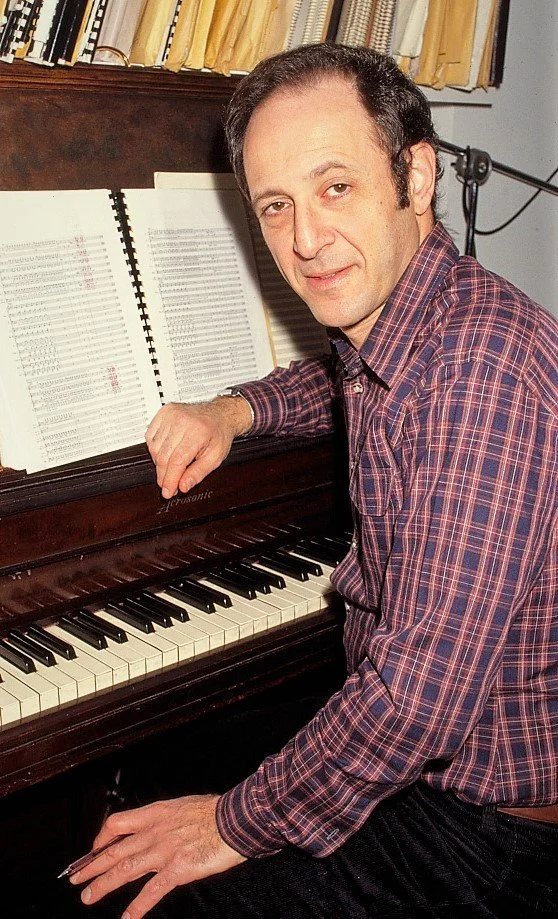Minimalist Music: The Joy of Repetition
Steve Reich. Photo by Bernard Gotfryd, ca. 1982-84
Despite its name, minimalist music actually has a lot going on. Its repetitive nature may have earned it a reputation as monotonous and even boring, but learning how to listen to minimalism, and how to appreciate its complexity, has been one the most enriching musical experiences of my life – and it can be for you too, you only need to know what to listen for.
Beginning in the US in the 1960s, “minimalism” refers to a range of styles and techniques that composers developed to produce repetitive music, in the process crafting a totally new musical landscape. Their work contrasted both with the often inaccessible atonality of much contemporary classical music, and also with the goal-driven music of the Western classical canon. Certainly, compared to, say, a Beethoven symphony, where tension builds through harmonic progression and melodic development, and culminates in a climatic peak, minimalist music – which does not feature climactic moments – may initially seem lacking. In answer to this issue, Steve Reich, one of the foundational minimalist composers, in 1968 described his music as “gradual process:” the music doesn’t represent or describe a journey or process, it is the process.
Reich’s magnum opus, Music for 18 Musicians from 1976, is a testament to how repetition can be kept interesting, fresh and dynamic. When you shift your listening focus from harmony and melodic development to features like instrumentation, texture and rhythmic patterns, you will uncover how the music is in a state of constant evolution: melodic phrases are built up one note at a time, and, once complete, are displaced to interlock in counterpoint with each other; instruments fade gradually in and out of the texture, changing the music’s harmony and character; and different melodies set to the same rhythms allow for familiar patterns to resurface in new contexts.
I became obsessed with Music for 18 Musicians as soon as I first heard it four years ago. At the time, I was working a repetitive retail job. My life was one monotonous routine, and every day was functionally the same: wake up, go to work, come home, sleep, repeat. I found somehow that 18 Musicians was the only thing I wanted to listen to. Thinking back on this time with a deeper appreciation for minimalism – and more practice at listening to it – I think I know now why it affected me so powerfully.
Yes, life was monotonous on the surface – but there was more to it than that. Underneath, and within my routine, each day brought new challenges and new lessons. During this time, I made great friends, had incredible experiences, and learnt a lot. 18 Musicians is similarly repetitive on one level, like my daily routine. But this repetition acts as a grounding and underpinning for the constant motion that happens on another level. Its subtle but significant musical progressions mimicked and perfectly reflected the course of my daily life; through it, I learned how to find joy in the repetitive. Just as the music highlights the gradual process of change itself, so too did my inner life change within its overarching routine. It taught me to look for the details within the sweep of repetition and, crucially, to find progression, growth, and joy in those details.
I see minimalism as encompassing lots of opposites: emptiness and business, repetition and change, fastness and slowness, the big and the small. Engaging with minimalism on the terms that it demands, coming to it with a different set of expectations, was an extremely rewarding and impactful experience for me.
My advice: give it a go! Be patient, and allow it to show you a new way of listening…
